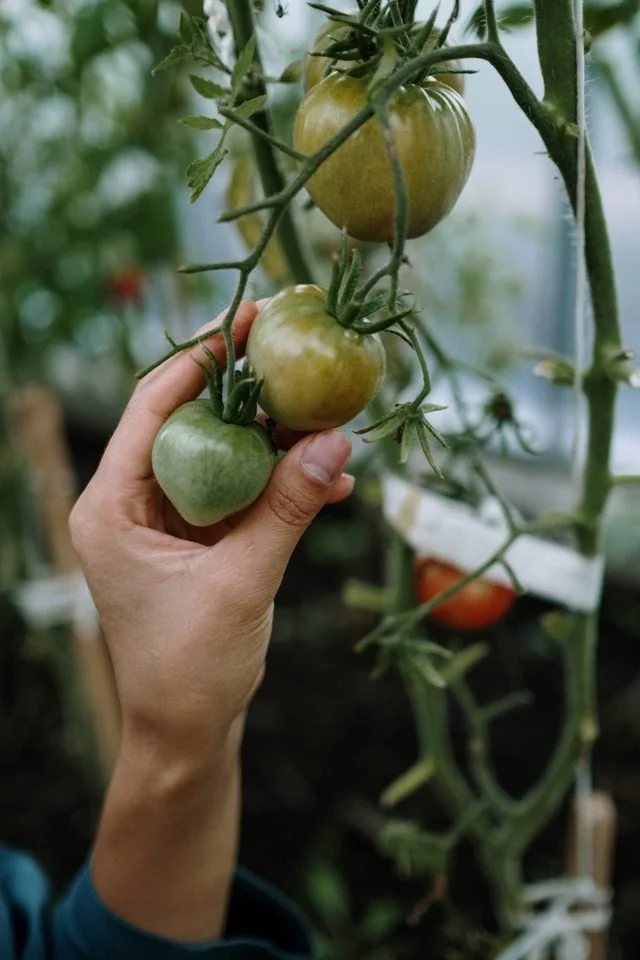Who were the Land Girls?
We take a look at the Land Girls, unsung heroes of World War Two, as this year marks the 75 anniversary of the D-Day Landings. Commemorative events will be taking place throughout the summer to remember those brave boys, while we raise a glass to our Land Girls.
karolina-grabowska
While our boys were gone, the home fires were kept burning by the Land Girls. The British Women’s Land Army was first set up in January 1917 (World War One) and re-formed in June 1939 in preparation for World War Two.
Go Girl Go
In the 1940s over 200,000 girls signed up to The Women’s Land Army to make ‘agriculture their wartime profession’ and so ensuring the nation didn’t starve.
‘The land army fights in the fields. It is in the fields of Britain that the most critical battle of the present war may well be fought and won’ Lady Denman, Director of the Women’s Land Army.
Farm work was hard. Those gals did everything from driving tractors, hoeing, ploughing, hedging, turning hay, lifting potatoes, milking, lambing and looking after poultry. Women were employed as rat catchers and worked in the Timber Corps, felling trees and running sawmills.
The Land Army uniform was made up of green jerseys, brown breeches or dungarees, brown felt hats and khaki overcoats. A practical outfit that’s popping up everywhere today - you can’t move without falling over a pair of dungarees and we love em.
Conditions were poor and pay was low but many women enjoyed it despite tough times - go girls! They even had their own monthly magazine to lift spirits. The Land Girl magazine was a way to share news and bring Land Girls together wherever they were in the country.
The Women's Land Army remained until 1950 and concluded with a final parade at Buckingham Palace with the Queen in attendance. Her Majesty observed that the Land Girls ‘had obeyed the call of duty in the nation’s hour of great peril and the nation owed them an everlasting debt'.
We take our hats off to you ladies.
Dig for Victory
The ‘Dig for Victory’ campaign was set up during World War Two by the British Ministry of Agriculture. Everyone across the country was encouraged to grow their own food in times of harsh rationing during and after the wartime.
Open spaces everywhere were transformed into allotments, from domestic gardens to public parks – even the lawns outside the Tower of London were turned into vegetable patches.
Leaflets were part of a massive propaganda campaign to ensure people had enough to eat, and morale was kept high.
grow your own
The awareness of food miles, food provenance and climate change has increased demand for vegetable plots and now we know better, we all want to eat seasonally and locally grown food.
Nothing tastes as good as home grown fruit and vegetables and gardening is a brilliant source of relaxation, comfort and enjoyment - hugely beneficial to mental health and wellbeing.
We need to take the spirit of the Land Girls with us into the next decade, starting by working our own little patches of land and producing more of our own food like these heroes did.
So dungarees on and hoes out - here’s a couple of great places to head to, to get started; Life On Pig Row and RHS.
For lots more interesting stories head over to www.womenslandarmy.co.uk and www.dig-for-victory.org.uk
Jo





